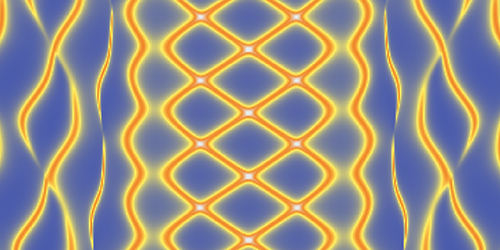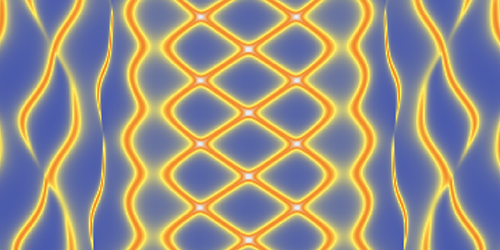Graphene Majoranas
Majorana particles are rare birds in physics. Unlike other fermionic particles, they are their own antiparticles. In low-dimensional systems, they are also expected to emerge as zero-energy quasiparticles called Majorana zero modes, which have an unusual property: swapping two such particles changes their joint quantum state in a manner that depends on the order in which the swapping is done. This property could be exploited to build the elementary units of a fault-tolerant, topological quantum computer. Pablo San-Jose from the Materials Science Institute (CSIC) in Madrid, Spain, and co-workers have now put forward a proposal for observing these quasiparticles in graphene—the one-atom-thick form of carbon renowned for its high electrical conductivity.
Several teams have previously reported experimental evidence of Majorana zero modes in a variety of solid-state systems, including semiconducting nanowires and atomic chains. But the evidence is not airtight. Therefore, researchers are hunting for alternative host materials to detect unequivocal signatures of these modes. San-Jose and colleagues demonstrate how bringing a conventional superconductor into contact with a graphene sample could create Majorana zero modes in the sample’s interior, provided that graphene is in a magnetic phase called canted antiferromagnetism.
Such magnetism produces a strong effective coupling between the host material’s electron spin and its momentum—an effect that would be otherwise negligible in graphene and is at the heart of most other Majorana proposals. The team believes that their proposal could soon be tested in the laboratory by measuring characteristic Majorana features in the electrical current flowing from a metallic contact to a graphene sample.
This research is published in Physical Review X.
–Ana Lopes





